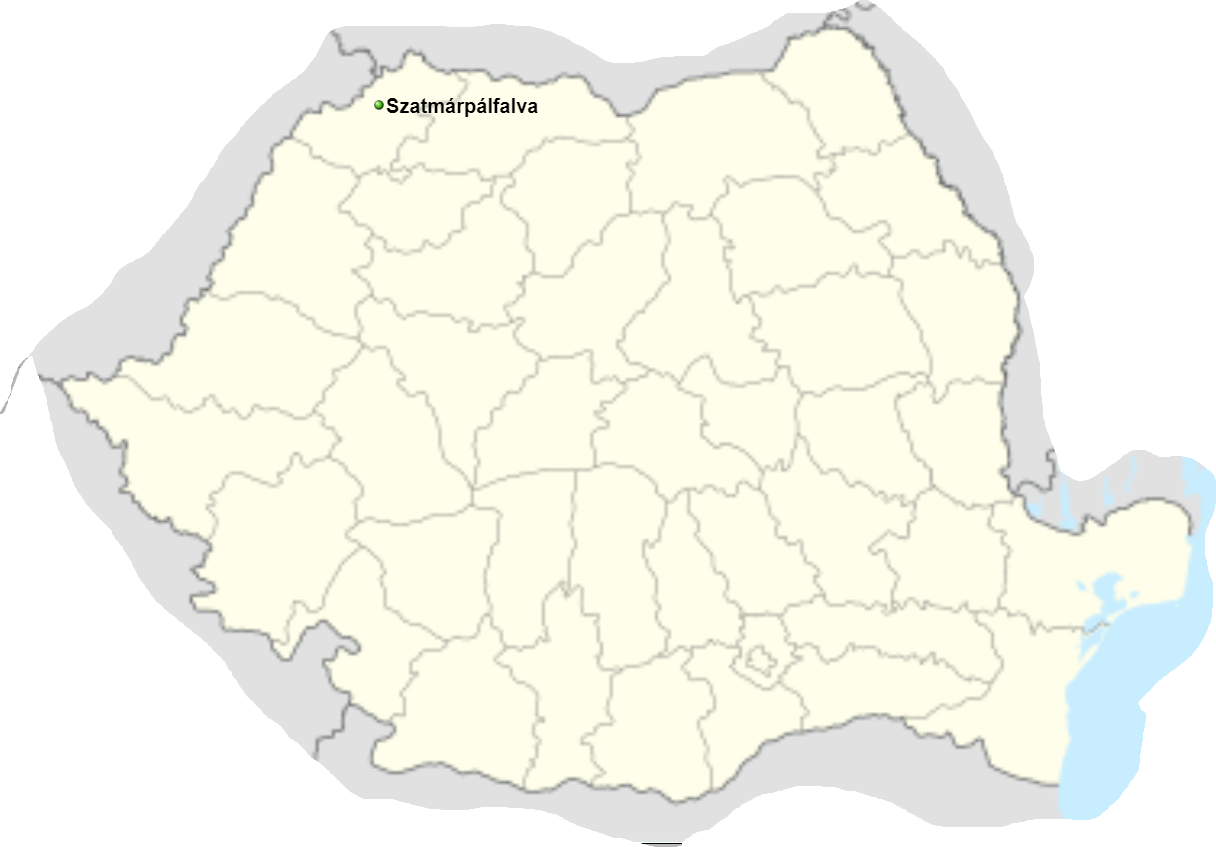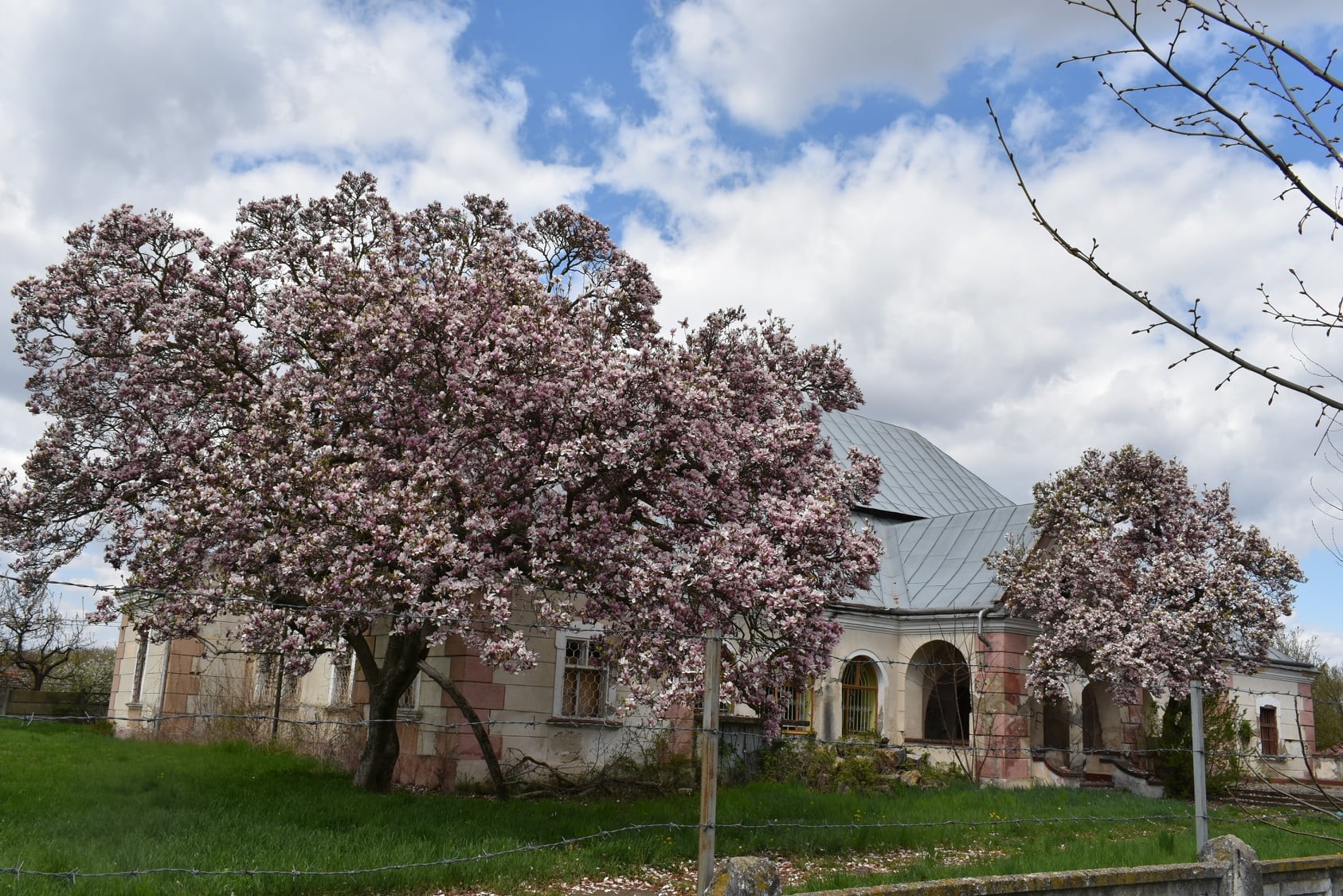Located 4 km from the municipality of Satu Mare, in Câmpia Someşului. Păulești commune, it is alluvial at the same time by the Homorod river, more precisely by the ring canal, the area is 60 km2.The commune is formed by the localities: Păulești, the administrative, territorial center, documentary mention from the year 1379; Amati (a. 1332); Ambud (a. 1373); Hrip, (a. 1370); Ruseni (a. 1411).
Systematic archaeological research has not been carried out in the area of the current commune; however, we mention two discoveries, the first from the Thracian bronze period.
It is a settlement, whose traces consist exclusively of vessel fragments, its topographical location is northwest of the village on the bank of the Homorod stream. The material is fragmentary and its small amount does not allow a cultural classification (during the Thracian Bronze Age, the northwest area of Romania saw the evolution of the great cultural groups: Ottomans and Suciu de Sus). The importance for the history of the places is a Roman bronze coin. Discovered 8 years ago by chance in Amati, the piece was issued during the reign of the Roman emperor Philip the Arab between July-August 247 and August 248. We remind you that the respective emperor reigns between the years 244-249, and the years of his life are between 198-249. He was intensely concerned with strengthening Dacia’s defense system.The coin is part of the so-called Sestertius (Latin) and has a weight of 27.30 grams (standard).The appearance of the first political formations, the Romanian voivodeships, marked a new stage in the history of our people. The current territory of the county was part of Menumorut’s voivodeship. Stretching from Mureș to Someş, it had its residence at Biharea (10 km north of Oradea), and a strong defense fortress at Satu Mare (Castrum Zotmar) mentioned in the Chronicle of Anonymus immediately after the year 900. In the medieval period, the commune and the villages we deal with, given the short distance, had an economic, social and political gravitation towards the city of Satu Mare and the citadel existing here.
The upward evolution of the feudal society, with all its characteristics, marked, as the degree of exploitation increased, the opposition of the main category of producers of goods – the peasantry.
Its forms of struggle evolve from the simplest, departures from the estates, respectively flight, to extensive rebellions. Thus, in 1380, 2,000 Romanian and Hungarian peasants from around Sătmar, from over 20 localities, will revolt. For the period of the 18th and 19th centuries, it is appropriate to mention the village seals from Amati and Ambud with symbols – ploughshare – reflecting the main occupation in the area – agriculture.



